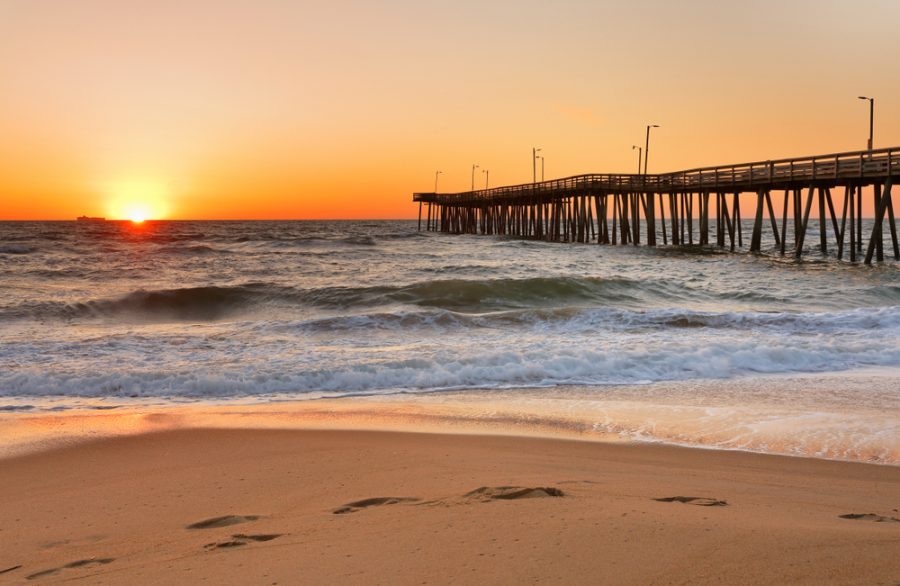Virginia can be a hard state to classify. It’s arguably the northernmost Southern state, which makes for a compelling mix of the New South and the Old South. It has a rich history worth discovering, but it also has a bright and economically diverse future. The rapidly growing Northern Virginia area gets a lot of attention, which is understandable because of its proximity to the nation’s capital in Washington, D.C. Northern Virginia is certainly worth a visit, but when you’re making a trip to Old Dominion, don’t overlook the rest of the commonwealth as well.
Major Population Centers
The famous tourism slogan says, “Virginia is for lovers,” but as it turns out, Virginia is also a pretty great place for millennials. The state’s biggest city, Virginia Beach, saw a 16 percent increase in millennials from 2010 to 2015. Local leaders credit millennial growth to things like extended light rail service and an upgraded city center. Cities need a lot of things to really thrive, but one of the most important factors is an ability to attract people in their twenties and thirties who will move to the area and put down roots. Virginia Beach also has the advantage of being a coastal city, which means tourists will visit to relax on the beaches and stroll along the boardwalk.
Virginia Beach is located in the southeastern corner of the state, but if you drive a little over 100 miles inland on Interstate 64, you’ll find yourself in Richmond, the state capital. Virginia was one of the original 13 colonies, becoming part of the union on June 25, 1788. It’s also the birthplace of more presidents than any other state, as nine presidents were born there. With all that history, it makes sense that Richmond would also have plenty of its own history. The city was founded in 1737. During the Revolutionary War, the state capital was moved from Williamsburg to Richmond, and it never moved back. Richmond is a must-see for Civil War buffs, as it was the Capital of the Confederacy. Most of downtown burned in 1865, but the city has bounced back nicely over the ensuing 153 years. More than 200,000 residents make a home in Richmond today, making it the fourth-biggest city in Virginia.
How to Get There
There are multiple ways to get to Virginia. It shouldn’t come as a surprise that the biggest airports serve the Washington. D.C. area. Dulles International Airport has been around longer and features a lot of international flights, but Ronald Reagan Washington National Airport is the closest airport to the nation’s capital. If you’re not as concerned with seeing sights like the Washington Monument, consider smaller but still busy airports in Richmond and Norfolk.
If you’re like most travelers, you’ll need reliable mobile service from the minute you land in Virginia. A smartphone helps you do things like hail a taxi at the airport and find your reservation once you arrive at the hotel. You can also use it to locate historical sites, restaurants, and shopping malls. If something goes wrong with your phone, it’s important to find a place to fix it as soon as possible. Before you go, make note of a few AT&T stores in Virginia that are near wherever you’re staying. They can help with any issues, screen repairs or products you may need on your trip. Sure, there will be times when it’s good to put down your phone for a bit and just enjoy the scenery wherever you are, but you can also use your smartphone to look up information about historical taverns there. In fact, the historical settlement even has an official app for visitors.
